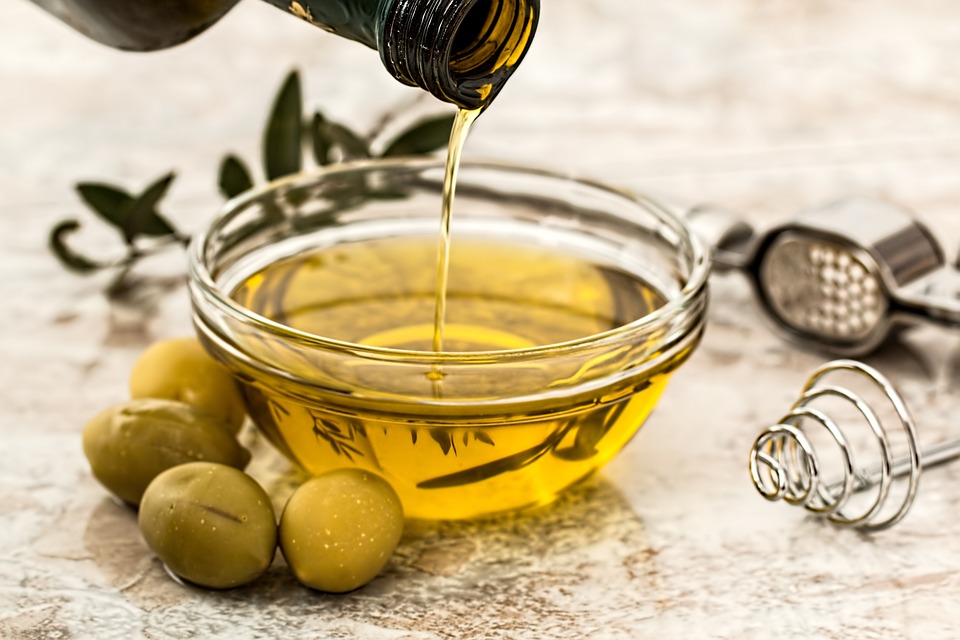There’s a reason olive oil is a favourite eating and cooking oil.
Made from the oil of pressed olives, it’s a relatively healthy fat, full of antioxidants and high in monounsaturated fatty acids, which help lower your “bad” LDL cholesterol.
Olive oils are graded by their level of acidity. Here are the different types:
- Extra-virgin is the most prized, and expensive. It’s made from the first cold pressing of the olives, without any additional heat, refining or processing. With an acidity level of no more than 0.8 per cent, it’s generally not used for cooking but rather for dipping, drizzling and salad dressings.
- Ultra premium extra-virgin, a relatively new category of olive oil, is even less acidic (as low as 0.23 per cent) and is considered a finishing oil. It tastes clean and fresh on the palate.
- Virgin olive oil also is cold-pressed and free of refined oils, but it’s more acidic than EVOO (less than two per cent) and is a little lighter in taste. It’s also good for drizzling and cooking so long as you’re sautéing or making sauce and not deep frying.
- Pure olive oil (less than 3.3 per cent acidity) is a blend of virgin and refined olive oils. It’s got a little bit of flavour and is a good all-purpose oil for frying, cooking, grilling and baking.
- Extra-light doesn’t mean the oil has less calories or fat, but rather a lighter colour, odour and neutral flavour. That’s because it has been refined using heat. It has a higher smoke point (the temperature at which an oil starts to burn and smoke) and can stay on the shelf longer. But it’s of lesser quality and meant for those who don’t want any olive flavour.
more on thestar.com




